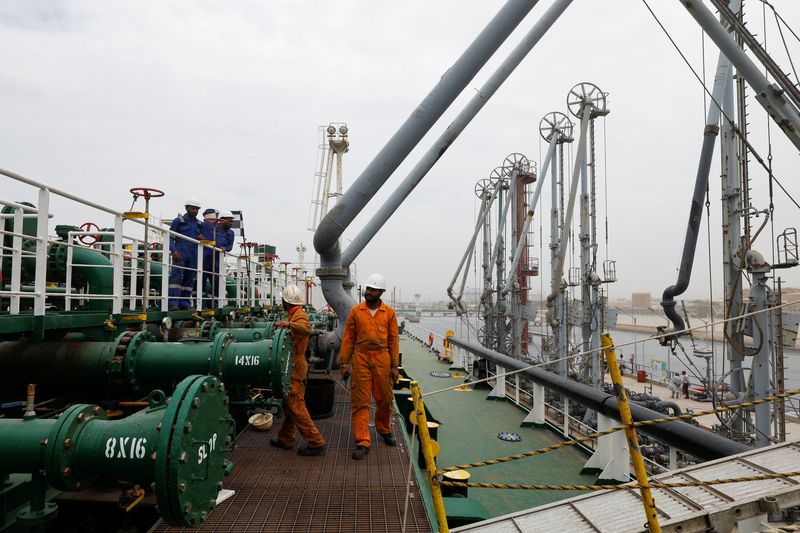
By Robert Harvey
LONDON (Reuters) -The latest round of U.S. sanctions against Russia could significantly disrupt the country’s oil supply chains, the International Energy Agency said in a monthly report on Wednesday, potentially tightening the global market.
Even so, the outlook from the IEA, which advises industrialised countries, still suggests the market will be in surplus this year as supply growth led by countries outside the OPEC+ producer group exceeds subdued expansion in world demand.
New U.S. sanctions on Iran and Russia cover entities that handled more than a third of Russian and Iranian crude exports in 2024, the IEA said, but it held off on factoring the measures into its supply forecasts for now.
“We maintain our supply forecasts for both countries until the full impact of sanctions becomes more apparent, but the new measures could result in a tightening of crude and product balances,” the IEA said.
The sanctions announcements and prospect of supply curbs have helped oil prices make a strong start to 2025. Global benchmark Brent crude was trading near $81 a barrel on Monday, up about 8% so far this year.
The IEA’s approach on the impact on Russian supply is much more cautious than the one it made in March 2022 soon after the start of the war in Ukraine and the first sanctions on Moscow.
At that time it predicted 3 million barrels per day of Russian supply might not find their way to market due to Western sanctions and buyer reluctance. Russian supply never fell by that much, and the agency later revised its predictions.
Also in the report, the IEA made minor revisions to its oil demand forecasts, pegging 2025 global demand growth at 1.05 million bpd, down from a previous view of 1.1 million bpd, and raising its 2024 estimate to 940,000 bpd.
Hanging over the 2025 outlook is China, which after driving rising consumption for years now faces economic challenges as well as a shift to electric vehicles, factors which are tempering oil demand prospects in the world’s second-largest consumer.
OPEC in its own monthly oil report on Wednesday forecast stronger demand growth than the IEA of 1.45 million bpd this year and, in its first look at 2026, predicted a similar expansion of 1.43 million bpd next year.
The IEA did not publish forecasts for 2026.
OPEC also cut its figure for 2024 demand growth for a sixth time, highlighting the Chinese slowdown. OPEC now puts 2024 demand growth at 1.5 million bpd, down sharply from 2.25 million bpd predicted in July but still above the IEA’s estimate.
SANCTIONS PACKAGE


